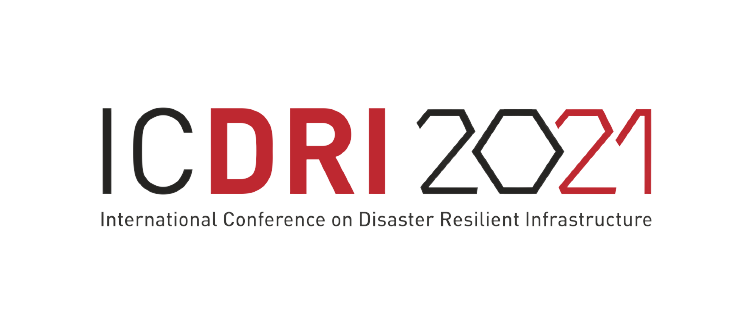Global Infrastructure Risk Assessment
Day 1, 17 March 2021, 1700 - 1810 IST
Session Annotation:
The session will discuss the notion of disaster and climate risk assessments at the global and national scales. It will take stock of the current state of global practice, identify gaps and chart directions for future work in this area. In particular, the session will delve into the challenge of assessing risk in a context where analysis of past events is no longer enough for estimating future risk. It will go beyond the notion of assessing risk to individual infrastructure assets to assessing systemic risk. Discussion on methodological aspects will be complemented by perspectives from national and sub-national levels on utility of risk assessments. The outcomes of the session will inform CDRI’s work on Global Infrastructure Risk Assessments
The session will begin with a stage-setting motion-graphics video, followed by short presentations and interviews with the panelists, and will be concluded with a Q&A session.
Session Overview:
Infrastructure investments uninformed by hazard risks are highly susceptible to systemic failure. To avoid losses caused by erosion of development assets, a global decision-support tool is required to enable risk-informed planning of infrastructure systems and account for business continuity in business models, as recommended by the Sendai Framework. On these lines, numerous global risk models1 have been developed for risk assessment which use a global set of standardized exposure data and conduct a model-based calculation of risk to the built environment. Infrastructure planning requires heavy long-term investments and bears a larger impact on businesses and supply chains during an event. Therefore, it is essential to account for all possible risks to infrastructure systems posed by natural hazards as well as the threats of climate change.
The session on Global Infrastructure Risk Assessment will explore advanced methodologies to combine hydro-meteorological and multi-hazard risk models to develop a more comprehensive risk model for infrastructure assets. This shall serve as a baseline in developing a Risk and Resilience Index for infrastructure systems worldwide. Besides giving the policy and decision-makers a reality check of the state of existing infrastructure assets in their region, the index will also whet the appetite of national and sub-national governments for conducting detailed assessments to be able to pinpoint locations that require investment in enhancing the resilience of existing infrastructure systems as well as for future infrastructure development. The learnings from the session will eventually inform CDRI’s Flagship Report on Disaster and Climate Resilient Infrastructure, which will be an update to the existing global risk models, evaluating disaster risks posed specifically by infrastructure systems. A key value addition is the inclusion of the aspect of climate change-related hazards, using state-of-theart climate models. The report will also drive CDRI’s long-term mission of supporting governments in undertaking detailed risk assessments and increasing their resilience to disaster and climate change.
UNDRR's Global Assessment Report (GAR) has developed a Global Risk Model (GRM) for risk assessment of the built environment. 17 December 2020 Therefore, the objective of the session is to:
- Discuss the methodologies to combine multi-hazard risk models with hydrometeorological models to create a holistic global infrastructure risk model;
- Identify the indicators to account for systems failure The world is poised to surpass the 1.5°C target based on current emissions. How do we ensure that we not only make our infrastructure disaster and climate resilient but also make it low carbon? How do we manage this rapid transition in our infrastructure systems?
- Learn from best practices in risk assessment and understand its application in decisionmaking at a national and sub-national level.
The panelists will deliberate on some of the following questions :
- What is hazard risk modelling and how does it assist in decision-making?
- How can infrastructure systems account for multiple hazards including the hazards related to climate change?
- How can risk assessment help in increasing the resilience of systems?
- What kind of innovative partnership models exist between governments and open-source or crowd-sourced platforms to make infrastructure data available for assessment?
- How have other countries institutionalized the process of risk assessment at a national or sub-national level? How does this inform their decision-making?
Speakers
Partner Organization








